What Is Information Technology and How It Shapes Modern Systems
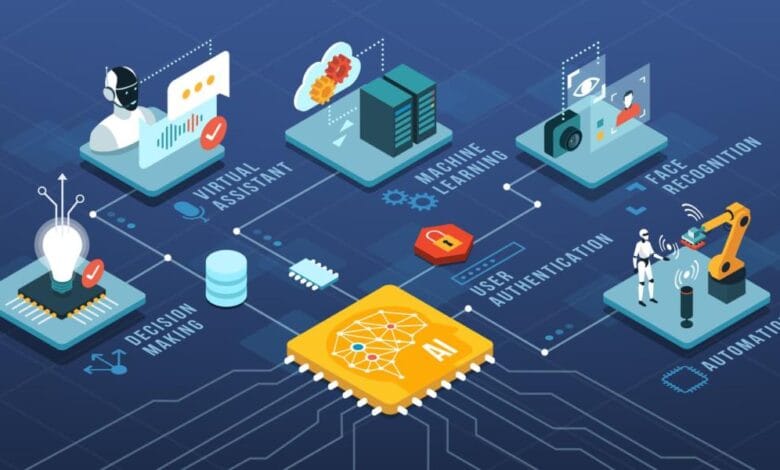
IT, or information technology, is no longer a specialized field only used by tech specialists. It is the unseen framework that underpins almost all contemporary systems, including those in communication, business, education, and healthcare. However, what exactly is information technology, and why is it so important to our globalized society? In essence, information technology (IT) is the administration and processing of data via computer networks, databases, software, and systems.
Information technology is used in everything from managing a global supply chain to placing food orders through an app. It has a profound impact on how contemporary systems operate and even change over time.
The Basic Components of Information Technology
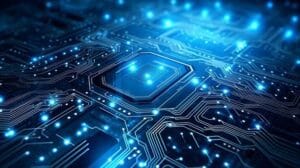
A vast range of instruments and systems are included in the term “information technology.” IT permeates every aspect of our lives, from simple computer operations to intricate cloud networks.
The table below provides a summary of its main elements:
| Component | Description |
| Hardware | Physical devices like computers, servers, storage systems, routers, etc. |
| Software | Programs and applications that perform tasks and manage systems. |
| Networking | Systems that connect devices and facilitate communication and data exchange. |
| Databases | Structured collections of data for easy access, retrieval, and management. |
| Cybersecurity | safeguarding data and systems against online threats and illegal access. |
| Cloud Computing | Remote servers that use the internet to store data and run applications. |
Every component of IT has a function. Systems would become unstable, ineffective, or just fail without any one of them.
How IT Powers Modern Business Systems
One of the industries where IT has the most obvious effects is the business sector. Businesses of all sizes, from start-ups to multinational conglomerates, depend on IT systems to manage operations, provide customer service, and assess performance.
IT is influencing business systems in the following ways:
- Using workflow tools and scripts to automate repetitive tasks
- Using cloud platforms to securely manage data
- Using collaborative software and video conferencing to link distant teams
- Analyzing consumer behavior with AI and big data
- Providing 24/7 customer support through chatbots and CRM systems
Applications of Information Technology in Daily Life
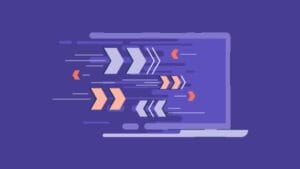
It’s simple to believe that IT is only important in tech labs or corporate offices, but its true power lies in how it improves the efficiency of our daily lives, even though we may not always notice it.
Examine the various industries’ use of IT:
| Sector | How IT Is Used |
| Healthcare | Electronic medical records, telemedicine, AI diagnostics |
| Education | Virtual classrooms, e-learning platforms, student management systems |
| Retail | Online shopping platforms, inventory tracking, customer analytics |
| Finance | Online banking, fraud detection, mobile payment apps |
| Transportation | GPS tracking, smart traffic systems, ride-sharing apps |
This extensive use demonstrates how IT has advanced beyond theory to become a crucial component of contemporary infrastructure.
The Evolution of IT and Its Impact on System Design
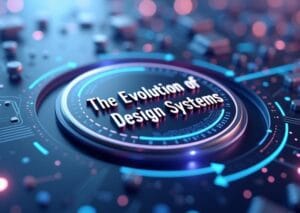
It has not remained unchanged. Smartphones, smart homes, and even smart cities have swiftly replaced mainframe computing. This has led to a fundamental change in system design across industries.
Older systems were standalone and inflexible. But the systems of today? They are made to be interconnected. Consider real-time analytics, the cloud, and the Internet of Things (IoT). All new systems are designed to scale, adapt, and communicate.
Another table that illustrates the evolution of system design over time is this one:
| Then (Traditional IT) | Now (Modern IT Systems) |
| Centralized mainframes | Decentralized cloud infrastructure |
| Manual data entry | Automated workflows and machine learning |
| Fixed-location systems | Mobile-first and remote access support |
| Batch processing | Real-time data analytics |
| Minimal user interaction | User-centered interfaces and personalized experiences |
Contemporary IT systems propel change rather than merely supporting operations.
The Role of Cybersecurity in IT
Cybersecurity is essential because so much data is processed and stored digitally. Modern systems are shaped by information technology, but they are susceptible to attack if they are not secured.
Every IT configuration, whether individual or corporate, needs to take into account:
- Data protection: Preventing breaches of sensitive information
- Protecting a network from outside attacks and intrusions
- Making sure that only authorized users have access to vital information is known as access control.
- Having plans to deal with data leaks or cyberattacks is known as incident response.
Because cyber threats are getting more complex, IT security needs to change at the same rate.
Future Trends in Information Technology

IT is expected to undergo even more significant change in the future. New developments will probably completely change the way we engage with systems.
- Decision-making will be automated by machine learning and artificial intelligence.
- Today’s encryption could be broken by quantum computing, which would also create new standards.
- Edge computing and 5G will decrease latency and speed up data access.
- Virtual reality (VR) and augmented reality (AR) will revolutionize teamwork and communication.
- Blockchain could revolutionize transparency and data integrity in a number of industries.
The question is not whether IT will influence systems in the future, but rather how quickly and profoundly.
Final Thoughts
Information technology is now the foundation of contemporary systems in every industry, not just a supplementary tool. IT is ingrained in every aspect of modern life, from simplifying corporate processes and changing education to transforming healthcare and redefining communication.
Its impact is ever-changing. With developments like cloud-based ecosystems, quantum computing, and artificial intelligence, IT is still expanding, changing, and influencing the future. This evolution entails accountability for ensuring ethical use, security, and accessibility.
Knowing what information technology is and how it shapes contemporary systems gives you the ability to prosper in a world where digital advancement is the norm, regardless of your background—student, professional, entrepreneur, or casual user.
FAQs
What does information technology simply mean?
A: Information technology is the collection, processing, and storing of data through the use of computers, software, networks, and other digital tools.
What makes information technology crucial to contemporary systems?
A: IT facilitates automation, boosts productivity, guarantees data integrity, and aids in decision-making across all system types, including financial and healthcare.
What are the main parts of information technology?
A: Hardware, software, networks, databases, cybersecurity, and cloud computing services are the primary constituents.
What effects does IT have on day-to-day living?
A: By facilitating digital access and immediate data sharing, IT streamlines banking, entertainment, education, communication, shopping, and even health management.
Does information technology include cybersecurity?
A: It’s true that cybersecurity is an essential component of IT. It defends networks, systems, and data against cyberthreats and illegal access.
What prospects does information technology have?
A: IT is advancing toward real-time data processing, smart systems, increased automation, and integration with AI and quantum computing.
Is it possible for a business to function without information technology?
A: Very few businesses can function effectively or grow in the fast-paced digital world of today without utilizing IT in one way or another.




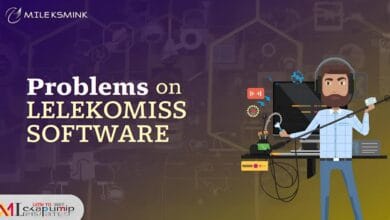
2 Comments